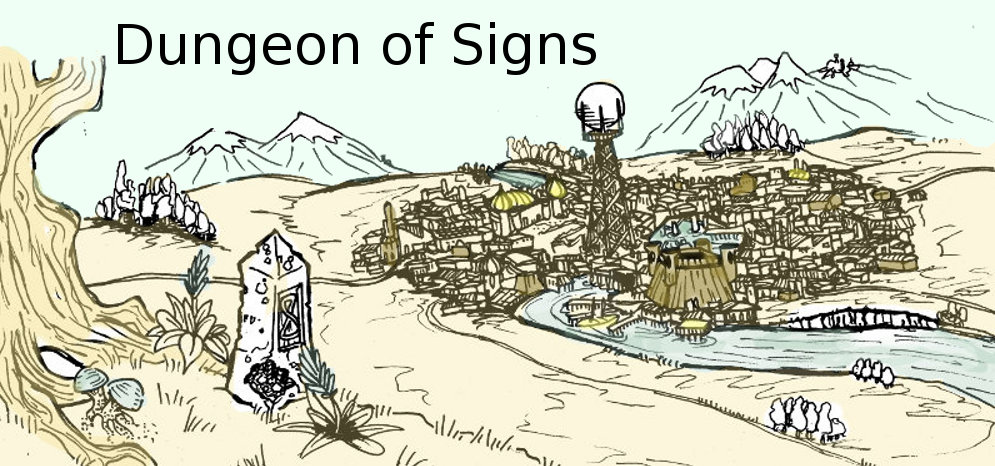A while back I tried to give a fair review of Dragon’s of Despair;
to express what I liked about the modules, to look at where it went wrong and to see what could be salvaged. To reiterate,
the fundamental problem with the Dragonlance modules (as far as I can tell from
reading two of them) is that they are story and hero driven high fantasy epics
masquerading as 1st edition AD&D Modules. This isn’t to say that the story is bad, or
that such epics might not make a good table top game, but it’s certainly hard
to fit the epic ethos and genre conventions into a high lethality, combat adverse system
like 1e AD&D or the B/X and OD&D that it derives from.
NICE THINGS ABOUT
DRAGONLANCE
!Fantasy Apocalypse, takes an idyllic high fantasy
world and reveals both its troubles and doom.
!Good Enemies, The party fights dragons, and
dragon men who present some fun tactical challenges.
!Solid Worldbuilding, There is a sandbox under the
railroad waiting to be played with many cool ideas.
HORRIBLE THINGS ABOUT
DRAGONLANCE
!Saccharine Tone, High fantasy bathos is
overwhelming and painfully clichéd.
!Forceful Railroading, forces player decision
making and goals along a single storyline.
!GM PCs, Precious little plot immune horrors that
must survive to force players down the rails.
!Lack of Meaningful Factions, There is bad and
good, sometimes good is grumpy, but it’s very clear.
DRAGONS OF FLAME
 |
| Why does Dragon decor consist of Dragon skulls? |
The second in the Dragonlance Series of modules Dragons of
Flame was written in 1984 by Douglas Niles and continues the story right after
Dragons of Despair leaves off.
Player
Character clerics, or at least the insufferable singing cleric Goldmoon, can
now cast spells thanks to some platinum discs. Niles has an even heavier hand
then Hickman at forcing the party into a series of chutes leading to heroic
adventure, and he’s content to emulate the maundering pretentious language of
Dragons of Despair as well. What’s worse is that while Dragons of Despair only
required the railroad by necessity and encouraged the use of the novel derived
pre-generated characters, Dragons of Flame actively creates all sorts of
Quantum Ogre situations (events/encounters that occur regardless of PC action)
and railroading while actively discouraging the use of anything but the
pre-gens, some of whom “must survive”.












